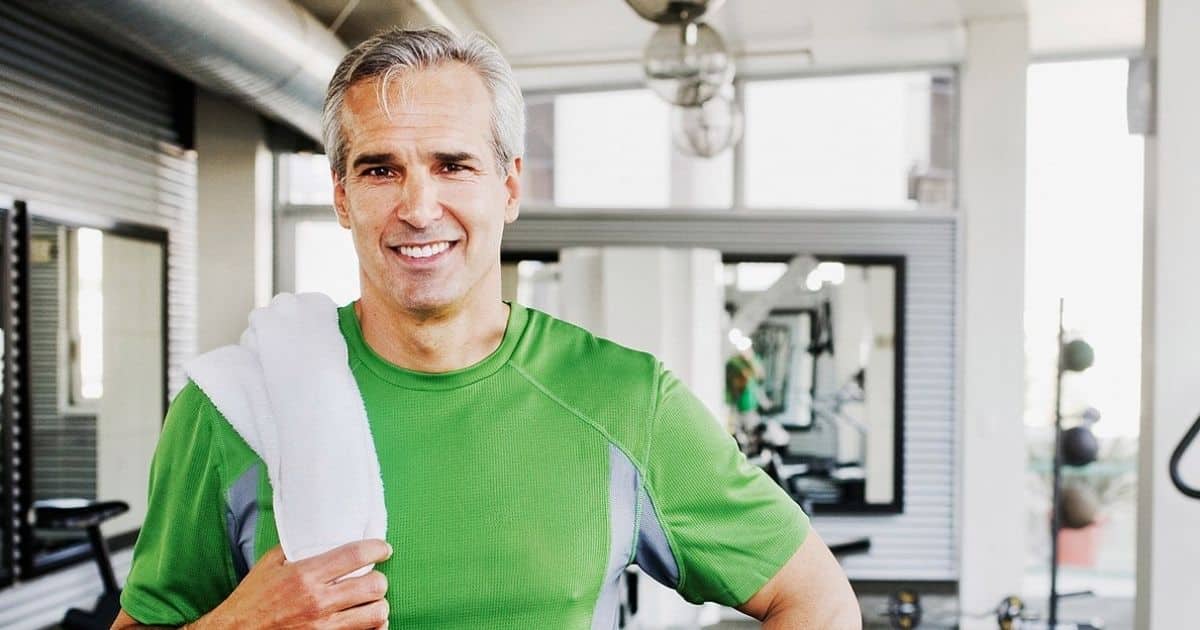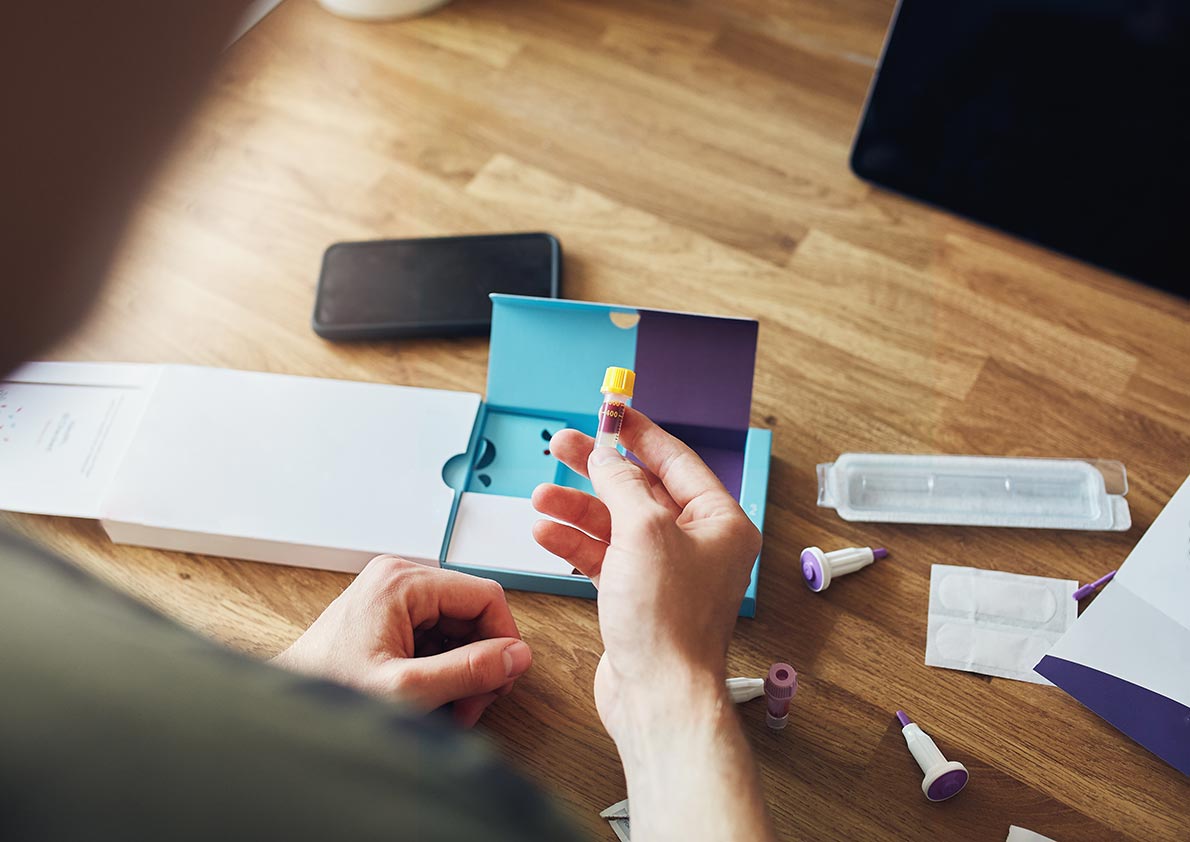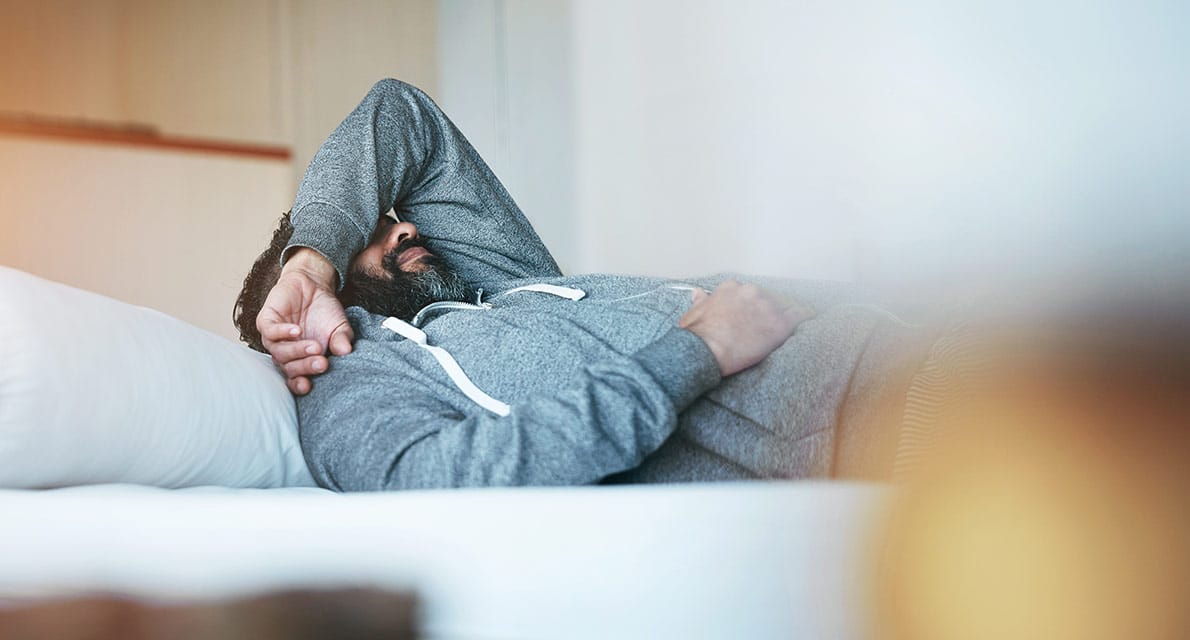After 30 years of age, testosterone levels begin decreasing dramatically – even up to 2% annually.
Low testosterone is defined as having less than 300 ng (nanograms) of the hormone per dl (deciliter) of blood.
Once men get into their 40s and 50s, low testosterone can lead to anxiety or depression, impotence, less energy, weight gain, and even hot flashes. Even though falling testosterone levels are normal, there are ways to alleviate many of the symptoms.
Exercise and testosterone go hand in hand, for example. Do you want to learn why?
Keep reading for a guide that explains the connection between exercise and testosterone.
What Is Low Testosterone?
Also known as “low T,” low testosterone is a medical condition called hypogonadism. When your sex glands produce little to no sex hormone (testosterone), a myriad of symptoms can show up.
A licensed doctor can diagnose low testosterone and help you determine why it’s low. It isn’t always because of aging, though. More often than not, low T can occur because of clinical depression, chronic illness, the use of certain medications, and or another medical condition.
What Is TRT?
Testosterone Replacement Therapy (TRT) does not involve steroids. It involves taking supplements of a hormone (testosterone) that your body produces naturally.
Unfortunately, some bodies stop producing the amount they need, whether it’s because of age, stress, or a medical condition.
The purpose of TRT isn’t to reclaim your youth, but rather, to thoroughly enjoy the years you’re living. Whether you’re in your 30s or 60s, TRT can make you feel alive again.
What Are the Symptoms of Low T?
A lot of men experience one or more symptoms of Low T but have no idea why. There is such a variety of symptoms that can occur from having low testosterone levels, which is why it’s important to get diagnosed by a medical professional.
Hair Loss
In addition to other key body functions, testosterone also plays a role in hair production. For a lot of men, balding is a natural part of aging. Men who suffer from low T may also experience a loss of facial and body hair.
Fatigue
Have you noticed a decrease in energy levels lately? Do you find yourself constantly feeling fatigued?
If you’re tired all the time, even though you’re getting enough sleep, or if you find you have little motivation to exercise, you might have low T.
Low Sex Drive
Testosterone has a lot to do with a man’s libido (sex drive). While it’s common for some men to experience a declining sex drive as they age, a man with low T will likely notice a more drastic drop.
Likewise, a man with low T might also have a hard time achieving and maintaining an erection. Plus, it can decrease the production of semen too.
Decreased Bone Mass and Increased Body Fat
The thinning of bone mass, also known as Osteoporosis, is typically associated with women. Men with low T can experience it too, though, as testosterone helps to strengthen and produce bone.
Men with low T, especially those who are older, have lower bone volume. Thus, they are more susceptible to bone fractures.
Low T victims might also notice an increase in body fat, which can lead to enlarged breast tissue (gynecomastia).
Changes in Memory and Mood
Cognitive functions like memory decrease with age, and so do testosterone levels. Some doctors believe that low T can also affect memory.
Lack of focus, anxiety, depression, and irritability are all common mood changes seen in men with low T.
Low Blood Counts
Low T can increase one’s risk for anemia. Symptoms of anemia can include dizziness, issues concentrating, trouble sleeping, an abnormally rapid heart rate, and leg cramping.
Does Exercise Increase Testosterone?
Exercise increases testosterone, and that increase can last 15 minutes and up to an hour. Because it only lasts so long, it works best for a lot of men in conjunction with TRT.
Exercise in itself can help with ailments like anxiety, depression, and trouble sleeping, too. Plus, certain types of exercise help to alleviate specific symptoms.
Does Weight Lifting Increase Testosterone?
If you want to increase testosterone production and build lean muscle, know that lifting weights increases testosterone.
Lower repetitions with greater weight are the best method for boosting T levels. When you try using the most weight you can handle, doing only a few reps, your body wants to build more muscle to raise its performance level.
Thus, it produces more testosterone.
Circuit Training and HIIT Increase Testosterone Too
When an individual participates in a series of exercises performed back to back, they are exercising through circuit training.
When every exercise is completed, you’ll take a quick break and then start again from the beginning. The purpose is to focus on several muscle groups while preventing over-exhaustion and injury. The result is a complex, varied workout for several muscle groups.
HIIT (High Intensity Interval Training) consists of 2-3 minute bursts of activity that push one to their limit. Between each burst, you get a very quick rest period.
The act creates an oxygen debt in your body, which it will then attempt to recover. Your metabolism is also higher at this time and for a few hours after the workout.
Not only does HIIT increase testosterone levels, but it helps to create lean muscle, burn fat, improve mood, and increase focus.
What Factors Influence Your Testosterone Levels After Exercise?
How long your heightened testosterone lasts after a workout is dependent on a few different factors.
Your Age
The older you get, the less your post-exercise boost in testosterone will be, but exercise is still well worth the boost.
Plus, it can improve your balance, bone density, and muscle mass, which are all essential elements of aging with grace. The sooner you start, the more prepared your body will be as you age.
Time of Exercise
Testosterone levels are often highest in the morning and then lowest in the afternoon. Believe it or not, that means that working out after a workday might actually be better than doing so in the morning.
Your Weight
Obesity often goes hand in hand with low T. If you’re overweight at all, exercise can help significantly improve your testosterone levels and help you shed pounds.
Don’t Overdo It
Exercise and lifting weights increase testosterone, but it’s crucial that you don’t overtrain or overdo it. When both amateur athletes and pro athletes overexercise, they’ll experience a drop in their testosterone levels.
It’s a sure sign that harm is being done to the body, and many athletes who do so notice a spike in their cortisol, one of the body’s stress hormones.
Here are some signs of overdoing it:
- Trouble sleeping
- Difficulty recovering from workouts
- Extreme soreness
- Losses in strength and performance
To avoid over-exercising, make sure your body has time to rest in between your workouts. Also, make sure you’re eating healthy on a daily basis, including after workouts to help your body recover.
Benefits of TRT and Exercise Together
When you suffer from low T, it means that you’ll have to work extra hard at the gym to get the results you want, and even then, you might not be able to get them.
What took you 20 minutes before could take you 2 or 3 times as long to achieve. Plus, if you’re irritable and exhausted, you won’t enjoy it like you used to.
Here’s where Testosterone Replacement Therapy can help. After a year or less on TRT, in conjunction with your workout routine, you should see significant muscle mass gain and body fat loss.
Just remember that weightlifting is critical to building that muscle mass. While there are many benefits of incorporating cardio into your workouts, too, it’s the weightlifting that will get you those chiseled results.
What About the Sweat Equity?
Your sweat equity plays a significant role in your workouts too. Sweat equity is defined by the energy and time you invest in your workouts.
Incorporate those low rep workouts with heavy weights, and you’ll inevitably boost your testosterone levels. Plus, getting the help your body needs from Testosterone Treatment Therapy will ensure your body’s getting enough to build out that muscle.
TRT is meant to replace your existing testosterone levels. There’s nothing else you need to take or do other than high-impact exercise and eating healthy.
You’ll probably be surprised at the return you get from the work you put in. You’ll likely see much faster results, and you’ll have the energy and the change of mood to enjoy them!
TRT Is Not a Body-Building Shortcut
If you’re someone with normal levels of testosterone, then TRT isn’t for you. Testosterone Replacement Therapy is a medical treatment. It’s designed to treat a hormone imbalance, especially for those who experience symptoms that damage their quality of life.
It’s important to note that TRT is not the same as steroid use, and the amount you’ll take during TRT is much lower than the amount steroid users intake to gain unnatural muscle mass.
If you simply want to increase results at the gym but don’t suffer from low T, TRT is not the best choice for you.
Additional Tips for Boosting Testosterone
In addition to a great workout plan and TRT, there are plenty of tips to remember to help boost your testosterone levels.
Eat Protein and Fats
It’s no secret that the body needs protein to build muscle mass. What many people don’t know, though, is that consuming protein helps to boost testosterone levels too. Plus, diets that are higher in protein and lower in carbs have beneficial effects on the kidneys and liver.
You can consume supplements, but try to consume whole-food forms of protein like eggs, lean beef, poultry, and pork. If you are vegetarian or vegan, there are plenty of foods like lentils, chickpeas, almonds, and tofu that are high in protein. You can also look for a vegan supplement powder like one with pea protein.
Go for the gold and consume at least 1 gram of protein for every pound of your body weight every day. Another way to look at it is to try and get around 30% of your daily calories from protein.
Omega-3s and other fats are essential components of a healthy, well-balanced diet too. Some saturated fats have advantages for those looking to increase testosterone and muscle mass.
Eat Cruciferous Vegetables
While all vegetables are vital for a healthy body, there are specific vegetables that help boost testosterone levels too.
Cabbage, brussels sprouts, broccoli, collards, kale, mustard greens, bok choy, and watercress can all help boost your testosterone levels. They all contain phytonutrients that help suppress estrogen.
Keep Your Cardio Light and Train Smart
Don’t forget that even though we recommend low reps with high-intensity weights, by tearing down muscle tissue, weight training stimulates growth that your body must repair. If you overexert yourself, your body will begin to see negative effects.
Cardio should have a place in your workout regime as it helps to control body fat and stimulate heart health. If you do too much, however, you’ll reverse your muscle gains.
Keep your cardio sessions at no more than 4 times per week, and no more than 30-45 minutes per session.
Here are some more tips that will help with TRT and exercise:
- Try fenugreek and ginseng
- Avoid alcohol as much as possible
- Make sure you take days off from the gym
- Get plenty of sleep
- Have regular sex
- Get sun and vitamin D
- Take vitamins
Exercise and Testosterone Go Hand in Hand
Plenty of men stop exercising as they get older. They might blame it on their busy schedule or losing energy with age, but a lot of the time, it’s a direct reflection of low T levels.
Insomnia, lack of focus, depression, and a decrease in energy are all symptoms of low testosterone.
While exercise is an excellent way to enjoy a boost of this powerful hormone, that boost isn’t necessarily enough on its own. Exercise and Testosterone Replacement Therapy, together with a healthy diet, might be all you need to feel like you’re in your 20s again.
Are you ready to look better, feel better, and perform better in all aspects of life?
Contact us to schedule your consultation. You’ll have peace of mind knowing you’re one step closer to a better life!



